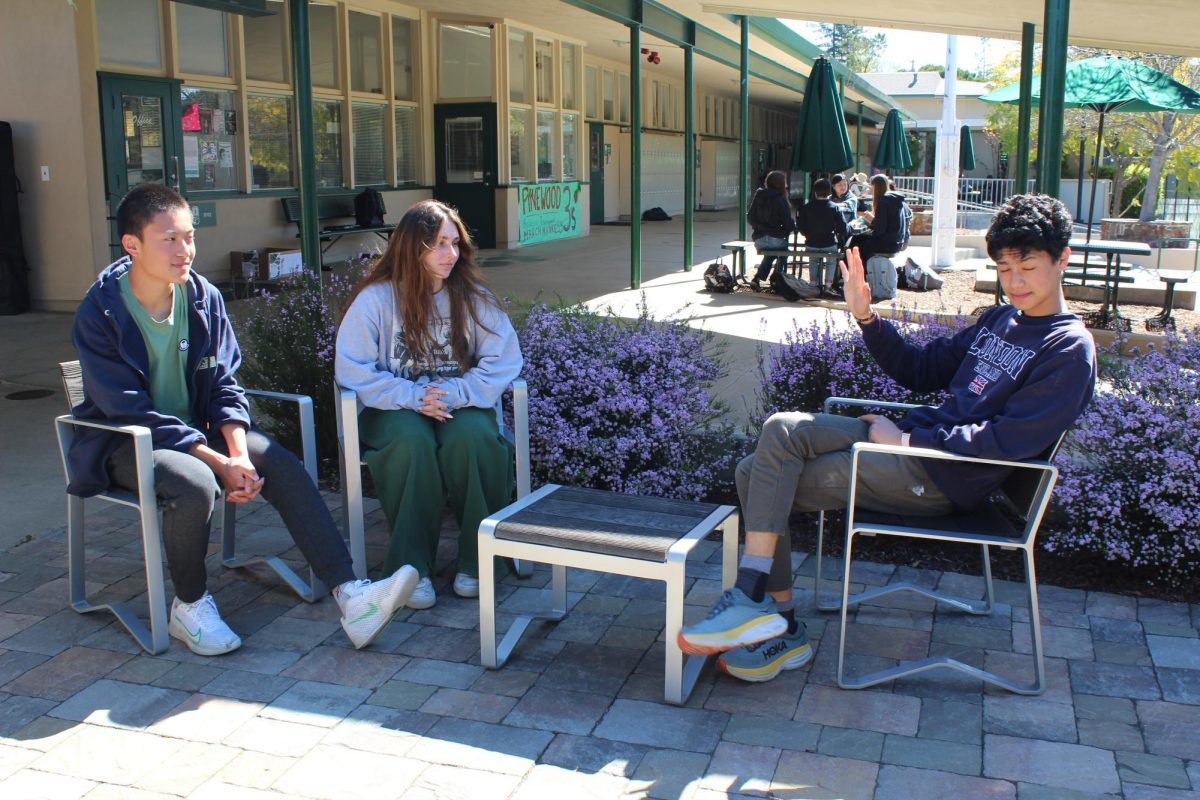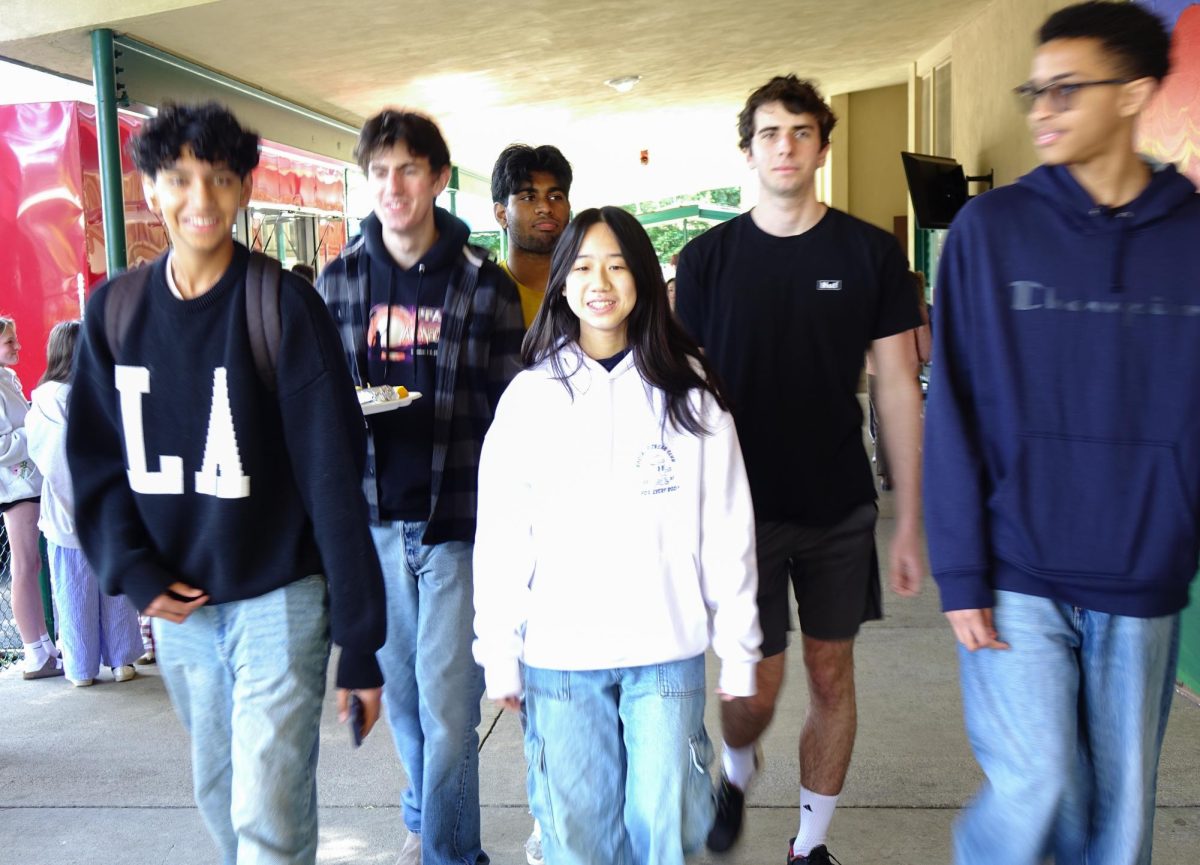If you’ve found yourself slacking off recently, you’re not alone. Defined as a state of total concentration, the term “locked in” can be applied to any situation in which a person is fully focused.
According to a recent study published over spring break, over 87% of Pinewood Upper Campus students are “not locked in.” The statistic shocked Head of Upper Campus Eve Kulbieda as her first year on campus comes to a close.
“I’ve dealt with artificial intelligence, violent rabid kangaroos, and my fair share of unmotivated students, but crikey, this is unprecedented,” Kulbieda said.
The study ran as a joint operation between California’s Department of Education District Accreditation Handlings and Pinewood’s Challenge Success team. In order to create quantitative metrics for “locked-inness,” the study utilized Pinewood security camera footage, infrared temperature sensors, and access to student search history. Pinewood’s DEDAH liaison and Dean of Students Jennifer Bates highlight several measurements which indicate the extent to which students are “not locked in.”
“We’ve found crash out rates, average restroom use time per student, and prevalence of AirPods on campus have always determined how locked in students are,” Bates said. “All of them are at all-time highs. It’s unacceptable.”
According to Bates, crash-out rates have increased by 178%, average restroom-use time per student has skyrocketed, and the prevalence of AirPods on campus has increased by 301 ears. The DEDAH study finds AirPods to be one of the top reasons for student distraction during class. High school physics teacher Yong Kim said that his go-to methods of regaining control of his students have ceased to work.
“I’m having to count up to four, five, six, seven, eight, nine, and they still won’t shut up,” Kim said. “And last week, not a single kid responded to my jokes about their crush.”
Security camera footage of Kim’s class reviewed by DEDAH showed several students deeply engaged in conversation as Kim frustratingly slammed his head on the desk several times and sighed. The DEDAH study labels outbursts of rage caused by desperation and frustration as “crash outs.” Although they are rare from teachers, crash outs among students are now common.
Freshman Stathis Skelley said that he is more inclined to crash out now than last semester.
“For real, school used to be light bro,” Skelley said. “Now I’m throwin’ jabs and right hooks to the face after first period. I think it’s ‘cause we need a break for real for real.”
While Skelley said he needed a mental day off, many students are already taking matters into their own hands. During class time, DEDAH found a nine-minute increase in elapsed restroom time per student.
In addition, DEDAH’s study finds that two out of three students fall asleep while on campus. Freshman Andy Pak believes that the sudden surge of sleeping students is due to the overheating of many classrooms.
“Like DEDAH, they didn’t say this, but the classrooms feel so cozy and warm, like the teachers want us to sleep,” Pak said. “I just close my eyes and hope that I don’t miss track practice like yesterday.”
The lack of “locked-in” behavior demonstrated by students has prompted urgent action by Pinewood’s administration. Beginning next week, all breaks will be removed, and the school day will be extended to 10 hours. In addition, students will only be allowed one restroom break per week, and stone tablets will be used in place of iPads. However, Kulbieda believes that these measures won’t solve everything. She believes that true behavioral change can only be achieved from internal motivation.
“These changes can only do so much, mate,” Kulbieda said. “If they want to be on my good side, students need to lock the [heck] in.”






